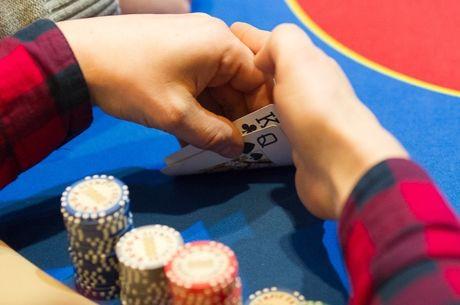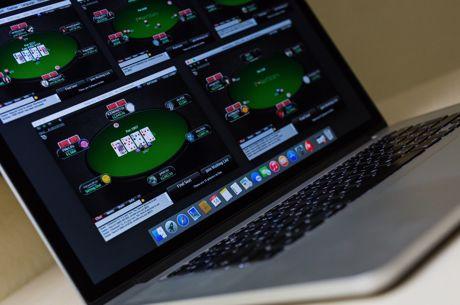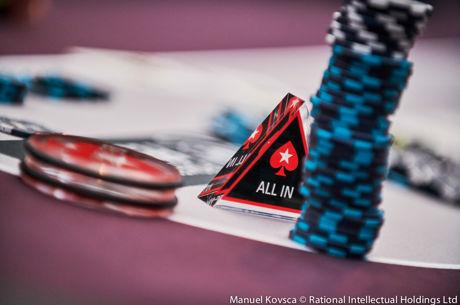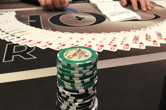Hand Analysis: A Thousand Ways to Get Lucky
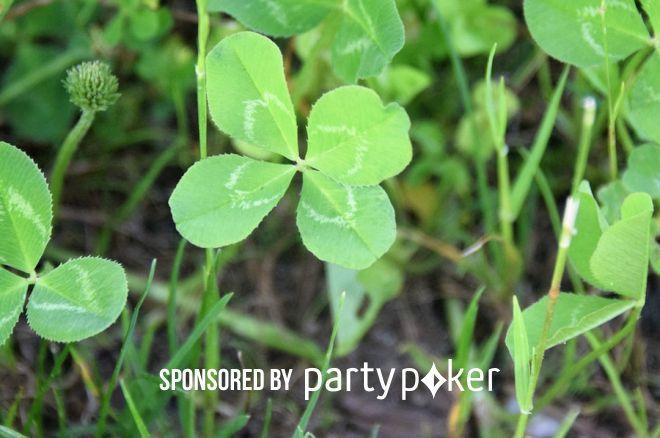
You know those players who are constantly describing all the ways in which they get unlucky? Do you think it occurs to them that each time they get unlucky is also an instance of how someone else, a perfectly unsuspecting everyman like themselves, got lucky in equal measure?
Often in no-limit hold'em, when we get lucky in an unusual or rare way, we will take the wrong lesson away from the experience. Or no lesson at all. Because the situation is relatively rare �� and because winning tends to eclipse everything else when looking back �� it is difficult to appreciate how such a hand can provide a teachable moment.
What follows is an example of such a hand, one in which a player gets lucky and wins, but because he won he might not recognize he actually misplayed the hand.
A Preflop Squeeze, Then a Flop Continuation Bet
The game was six-handed 100NL ($0.50/$1), played online. A player opened under the gun to $3 and was flatted by a regular on the button. Both players were then squeezed by another regular in the small blind who popped it to $15.
The UTG player got out of the way, and perhaps because both players were 190 big blinds deep, the button decided to engage in some regular-on-regular sparring.
The flop came A?6?3?. Out of position, our small blind squeezer isn't obligated to bet this. After all, the SB may have some hands like QxQx and KxKx that want to see a turn and keep the pot small. He could also have an ace with some backdoors (e.g., Ax4x), that bluffed preflop and connected, but with which he'd rather let his opponent do the pot-building here, if there is any pot-building to be done.
This particular squeezer did decide to continuation bet to $15, though, and was called.
From the decision to c-bet we can surmise the squeezer does not have any of those hands listed above that would do well to control the size of the pot in this spot.
Two Top-Pair Hands?
The turn was the 10? and the action repeated with inflation, with the small blind betting $42 this time and the in-position regular holding on with a call.
Now it very much looks like both players have a top pair of some variety, with the small blind less likely to have a middling one like Ax2x or Ax7x, for the aforementioned reasons.
A club flush draw is of course the other possibility, but the ace is on board, so the combinations in the small blind's hand are reduced. The flush draw, if it were out in those waters, would more likely be in the button's hand.
The river was the second offsuit ten in a row �� the 10? �� making the final board A?6?3?10?10?. The small blind continued with what had become a consistent story �� that he had flopped it (and preflopped it, and turned and rivered it) �� and moved all in.
Meanwhile the button had backed into trip tens with 10?9?. Since the board ran out in a way that the button's opponent could have a few bluffs (e.g., KxQx, KxJx, random clubs) and would also value shove worse (AxKx, namely), it seems impossible for the button to get away in this spot.
It also seems hard for the button to be beat. But the button was second-best �� the small blind had A?A? all along. The button got unlucky, but should not take away from this spot that he made a mistake.
Wait, what?
But what might the small blind think about this hand? He might take from it no lesson, or perhaps the lesson that he is a great poker player. But that would be a mistake.
On a flop such as this, it is unclear why the small blind is betting at all. He has crushed the board and the only hand he needs protection against of any sort is the exact one the button happened to hold this (relatively rare) time. But this time is not going to be every time and if the small blind wants to take the most winning strategy, the times he flops top set in this spot he would be well served by checking.
Only a very few hands can pay the SB off after taking this line, namely 10?8?, 10?9?, J?10?, Q?10?, a very unlikely Ax10x (with only A?10? possible in terms of suited combinations), or a lesser flopped set, 6x6x or 3x3x.
But here is the salient point: the small blind would have stacked all those hands either way. In fact, while he took a course to get action from hands that would have given him all the money regardless, he also played the hand in a way that would force out many other hands that could have also given him money in a variety of ways.
One more thing to consider. Every time the flop comes with a flush draw, like A?6?3?, the button has three combinations of air for every combination of flush draw. That is, if he makes it to the flop with 10?9?, he also makes it with 10?9?, 10?9?, and 10?9?.
Hands like AxAx that block top pair on this flop can't get value from much. But boy do they crush everything else. So keeping that everything else in the pot is valuable.
This strategy article by Gareth Chantler for PokerNews is sponsored by partypoker.
Photo: "Four Leaf Clover�� (adapted), Tony Alter, CC BY 2.0.

